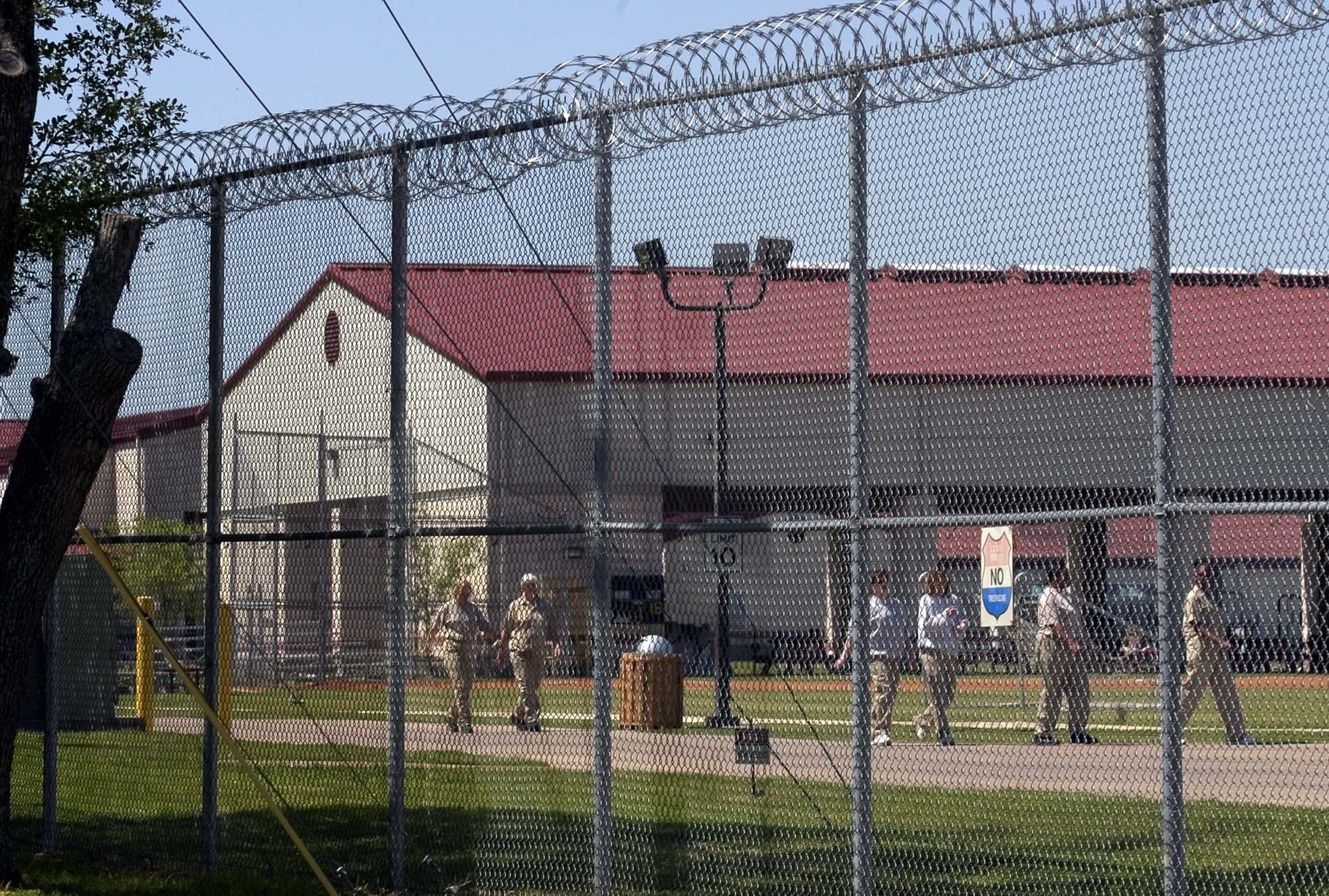Navigating the intricate landscape of federal prison camps can be as bewildering as it is necessary for those facing incarceration. Each camp, while adhering to the overarching guidelines of the Federal Bureau of Prisons, offers distinct features that can significantly impact an inmate’s experience. From location and security level to available programs and daily routines, the differences among these facilities can be striking.
Understanding these nuances is crucial for inmates, families, and legal advisors alike as they prepare for the realities of confinement. In this article, we will delve into the various types of federal prison camps, highlighting what sets them apart and what potential inmates should consider when facing the daunting prospect of serving time in the federal system.
Introduction to Federal Prison Camps

Federal prison camps, often referred to as “low-security” facilities, serve a distinct purpose in the broader U.S. penal system, designed primarily for inmates deemed to pose a minimal threat to society. These camps emphasize rehabilitation over punishment, featuring a more relaxed atmosphere compared to higher-security institutions. They typically house non-violent offenders who are serving shorter sentences for drug-related offenses, white-collar crimes, or other non-threatening activities.
Life in a federal prison camp includes the opportunity for inmates to engage in work programs, educational courses, and even recreational activities, all aimed at fostering personal development and preparing for reintegration into society. However, navigating the complexities of life in these camps—understanding their rules, the environment, and the legal nuances—can be daunting for both inmates and their families.
In this article, we’ll delve into the varied landscape of federal prison camps, shedding light on what makes each unique, and providing insights into what you truly need to know before stepping into this world.
Understanding the Federal Prison System
Understanding the Federal Prison System involves grappling with a complex network of facilities designed to accommodate individuals convicted of federal offenses. Within this system, various types of institutions exist, each serving distinct purposes and housing different inmate populations.
At one end, you have high-security prisons where dangerous criminals are kept under stringent surveillance; at the other, there are federal prison camps—often seen as the less intimidating options, characterized by their minimal security measures and emphasis on rehabilitation.
These camps allow inmates greater freedom and the opportunity to engage in work programs or education, paving the way for a smoother reintegration into society upon release.
However, it’s essential to recognize the nuances between different camps, as some may offer better access to resources and vocational training than others, shaping both the inmates’ experiences and their futures in significant ways. In exploring these distinctions, one gains a clearer picture of how the federal prison system operates and what it means for those navigating its corridors.
Overview of Federal Prison Camps

Federal Prison Camps (FPCs) serve as unique facilities within the broader landscape of the U.S. penal system, designed to house non-violent offenders with relatively shorter sentences. These camps are often characterized by minimal security measures, allowing inmates a degree of freedom not typically found in higher-security institutions. Unlike traditional prisons, which can be intimidating and austere, FPCs often mimic a more relaxed environment, encouraging rehabilitation and preparing inmates for eventual reentry into society.
Programs focusing on education, vocational training, and community service are commonly available, fostering personal growth and accountability. However, each camp varies significantly in terms of location, available resources, and inmate populations, making it essential for those navigating this system to understand the distinct features that differentiate one camp from another.
Conclusion
In conclusion, navigating the landscape of federal prison camps can be a daunting task, given the various facilities available and the unique experiences they offer. Understanding the differences in security levels, location, amenities, and programs is essential for individuals entering the system, as well as their families and advocates.
Each camp presents its own set of challenges and opportunities, particularly for marginalized groups, including the significant number of Black men who may find themselves disproportionately affected by the criminal justice system.
By arming ourselves with this knowledge, we can better support those impacted by incarceration, fostering a deeper awareness of the complexities within the federal prison system and ultimately advocating for reform that promotes fairness and rehabilitation.




